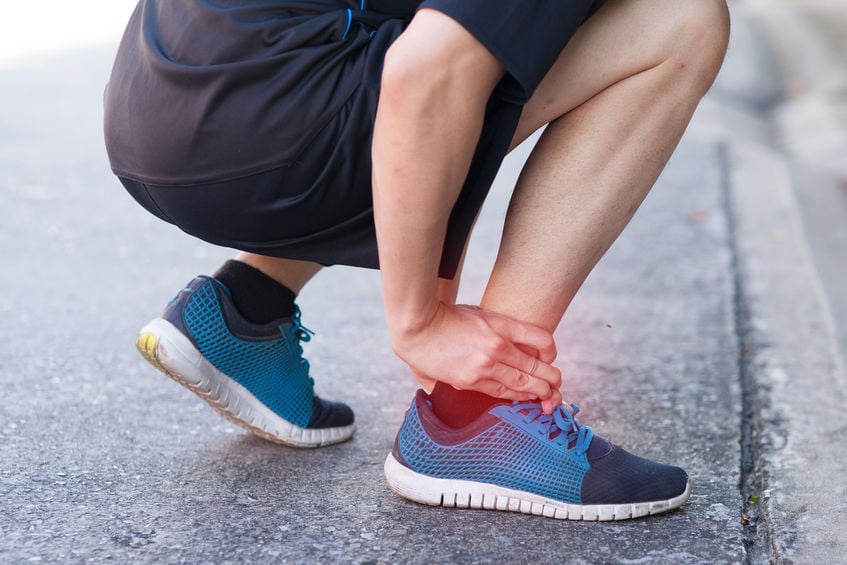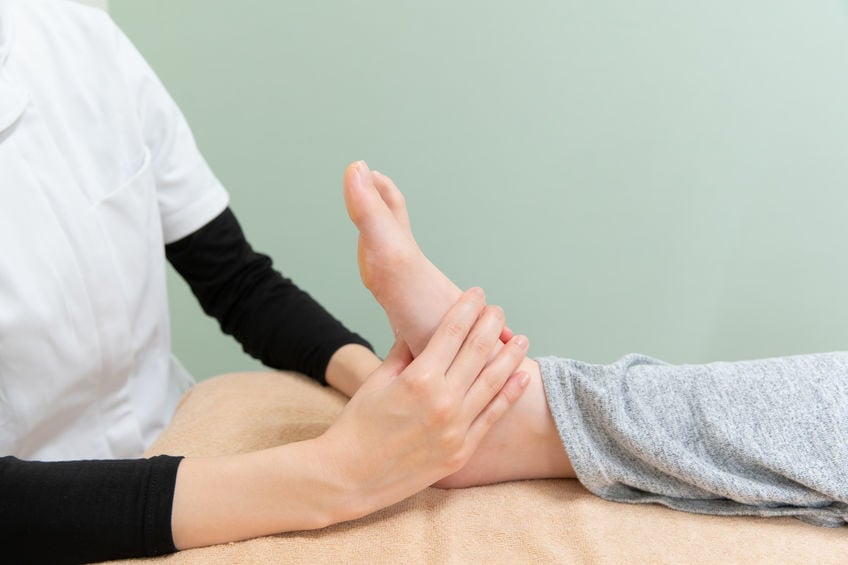What Are Hammer Toes?
Hammer toe is a progressive deformity of the joint in one or more toes. The middle joint in the toe bends upward, and the tip of the toe points downward. Hammer toes happen when the muscles in the foot weaken, causing the tendon to lose function. As the condition progresses, the affected toes remain in a bent position. Hammer toe correction surgery is an effective, long-term treatment option.

Causes and symptoms
Most cases of hammer toes are caused by wearing tight, ill-fitting shoes for several years. Women who wear high heels or tight shoes are more likely to develop the condition. Other risk factors include genetics and diabetes. People with hammer toes find difficulty extending the toe. This action can be painful, causing swelling and inflammation. The toe remains bent, developing corns and calluses over time.
Do you need surgery?
If detected early, hammer toes can be corrected with orthopedic shoes and padding. Gentle exercise and pain medication can also improve flexibility and reduce pain. However, if the condition has progressed to the point where the toes are rigid, surgery can help. Surgery is beneficial for those with pain that impacts the quality of life.
Surgery and recovery
A surgeon may decide on the best surgical technique based on the severity of the hammer toe. Some hammer toes can benefit from tendon transfer. The surgeon makes small incisions near the affected toe. Tendons are moved to strengthen the muscles and return the toe to a natural position. For severe cases, removing part of the tendon and bone can help. The surgeon will place pins, and the bones fuse to form a single joint.
Weight-bearing vs non-weight bearing
Surgery is minimally invasive, but the recovery period can take several months. There will be an initial period where the patient cannot be weight-bearing. The non-weight bearing period can last 4 weeks after surgery. In some cases, the surgeon will remove pins after 4 weeks. From 4 weeks to the 12-week mark, patients can apply some weight on the toe. Most patients can resume activities after 12 weeks. However, there will still be pain and swelling. Special orthopedic shoes or walking aid can help.
Staying off your feet
During the non-weight bearing period, the goal is to reduce pain and swelling as much as possible. Elevating the recovering foot while managing pain is critical in the first 4 weeks of recovery. Gentle exercises can start at the 2-week mark to improve flexibility. Applying weight by standing or walking during this period can prolong recovery. To stay off the foot, get as much help as possible around the home. Set up essential areas like the kitchen or bathroom to avoid unnecessary movement.
Trust the process
Surgery is one of the most effective ways to treat a hammer toe. The recovery period could be painful and difficult, especially in the initial stages. Patients should remain non-weight bearing for at least 4 weeks or until the surgeon advises. Once the incisions heal and the swelling subsides, the patient can gradually apply weight and move. Recovery is a lengthy process. However, at the end of the period is a straightened, pain-free toe.
Can Lower Back Pain Return After Spinal Surgery? 3 Lifestyle Changes To Get The Most Out Of Fusion
Minnesota Valley Valley Center2024-04-02T14:49:38-05:00April 15th, 2024|
Spinal surgery is an excellent solution for lower back pain, but symptoms can return. With lifestyle changes, patients can get the most out of fusion.
A New Lease On Life: Exploring How Robotic Total Joint Replacement Can Get You Active Again
Minnesota Valley Valley Center2024-03-24T17:38:47-05:00March 29th, 2024|
Robotic total joint replacement uses a robotic arm to replace the joint. This innovative approach allows a quick return to activities.
Restoring Dexterity: How Outpatient Carpal Tunnel Surgery Can Change Your Life
Minnesota Valley Valley Center2024-03-24T17:38:37-05:00March 15th, 2024|
After months of wrist and hand pain, carpal tunnel surgery may be needed. With outpatient options, restored dexterity with less pain and discomfort is possible.
More Articles from MVSC
December 14, 2023
Ankle pain is common, but sometimes arthritis is at play. An orthopedic surgeon may recommend subtalar fusion for patients.
November 28, 2023
Is bunionectomy a solution for foot pain caused by bunions? Learn about surgical and non-surgical options before a decision.
September 26, 2023
An Achilles tendon recovery timeline can be long and grueling. With rest and physical therapy, patients can see faster results.
September 19, 2023
Big toe arthritis can cause severe discomfort if left untreated. Hallux rigidus repair can provide extensive relief for patients.










